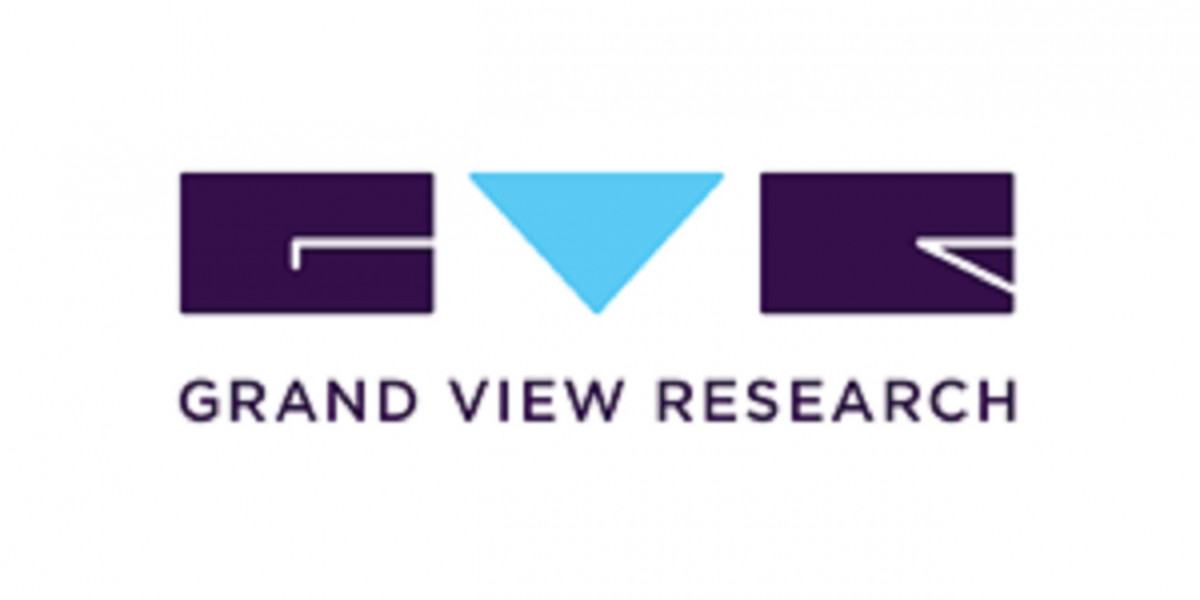The U.S. pharmacy market is projected to reach USD 708.9 billion by 2030, with a compound annual growth rate (CAGR) of 3.67% from 2023 to 2030, according to a new report by Grand View Research, Inc. This growth is driven by several critical factors, such as the increasing prevalence of chronic diseases, the aging population, and expanding healthcare coverage. The expansion of healthcare coverage, in particular, is expected to provide more individuals with access to essential medications, which in turn will drive demand for both healthcare services and pharmaceutical products.
As chronic diseases like heart disease, diabetes, and respiratory disorders continue to rise, the demand for long-term treatments and medications is also escalating. At the same time, the aging population in the U.S., with a significant proportion of older adults requiring regular medication, further strengthens this trend. This demographic shift, coupled with increasing access to healthcare, is poised to provide the U.S. pharmacy market with sustained growth.
In addition to these demographic and healthcare coverage factors, market players are continuously improving their services and shifting towards e-pharmacy models. This transition is expected to play a pivotal role in shaping the market’s future. For example, in February 2022, Medicure Inc. launched Marley Drug Pharmacy, a direct-to-consumer e-commerce pharmacy platform. The platform offers an extensive range of over 100 chronic care medications and provides free home delivery across the U.S. and its territories. This development aligns with the growing trend of convenience-driven healthcare, which is likely to enhance the market's growth by improving accessibility and customer experience.
Moreover, the number of pharmacies in the U.S. is expanding, driven by the increasing volume of prescriptions. The rise in prescription numbers is further compounded by an increasing consumer preference for accessible and localized pharmacy services. According to the National Council for Prescription Drug Programs (NCPDP), the number of independent pharmacies in the U.S. grew by 12.9% between 2010 and 2019. The number of independent pharmacies increased from 20,427 in 2010 to 23,061 in 2019. This growth is expected to continue, and it will contribute positively to the expansion of the U.S. pharmacy market by increasing access to medications and services, particularly in underserved areas.
These key factors — rising chronic disease rates, the aging population, expanding healthcare coverage, e-pharmacy innovations, and the growth in the number of pharmacies — are collectively fueling the U.S. pharmacy market's trajectory towards significant growth through 2030.
Curious about the U.S. Pharmacy Market? Download your FREE sample copy now and get a sneak peek into the latest insights and trends.
U.S. Pharmacy Market: Frequently Asked Questions
1. What is the projected size of the U.S. pharmacy market by 2030?
The U.S. pharmacy market is expected to reach USD 708.9 billion by 2030, growing at a CAGR of 3.67% from 2023 to 2030.
2. What factors are driving the growth of the U.S. pharmacy market?
Several factors are contributing to the market growth, including:
• The increasing prevalence of chronic diseases (e.g., diabetes, heart disease)
• The aging population requiring more medication
• Expanding healthcare coverage, providing greater access to medicines and healthcare services
3. How is the rise in chronic diseases affecting the pharmacy market?
As chronic diseases become more prevalent, the demand for long-term medication and healthcare services increases. This trend is significantly driving the growth in the U.S. pharmacy market.
4. What role does healthcare coverage play in the market growth?
The expansion of healthcare coverage is making it easier for more individuals to access necessary medications. As healthcare coverage increases, so does the demand for pharmaceuticals, contributing to the market's growth.
5. What are some of the key challenges faced by the U.S. pharmacy market?
Key challenges include:
• The high cost of medications, which may limit access for certain populations
• Increasing competition among pharmacies, especially with the rise of e-pharmacies
• Regulatory changes that could impact the pricing and distribution of medications
6. What is the expected future growth for the U.S. pharmacy market?
The U.S. pharmacy market is expected to continue growing due to the ongoing increase in chronic disease prevalence, the expanding number of elderly consumers, and the rise in healthcare access. Innovations in e-pharmacy and pharmacy service expansions are also expected to contribute to this growth.
Order a free sample PDF of the U.S. Pharmacy Market Intelligence Study, published by Grand View Research.








